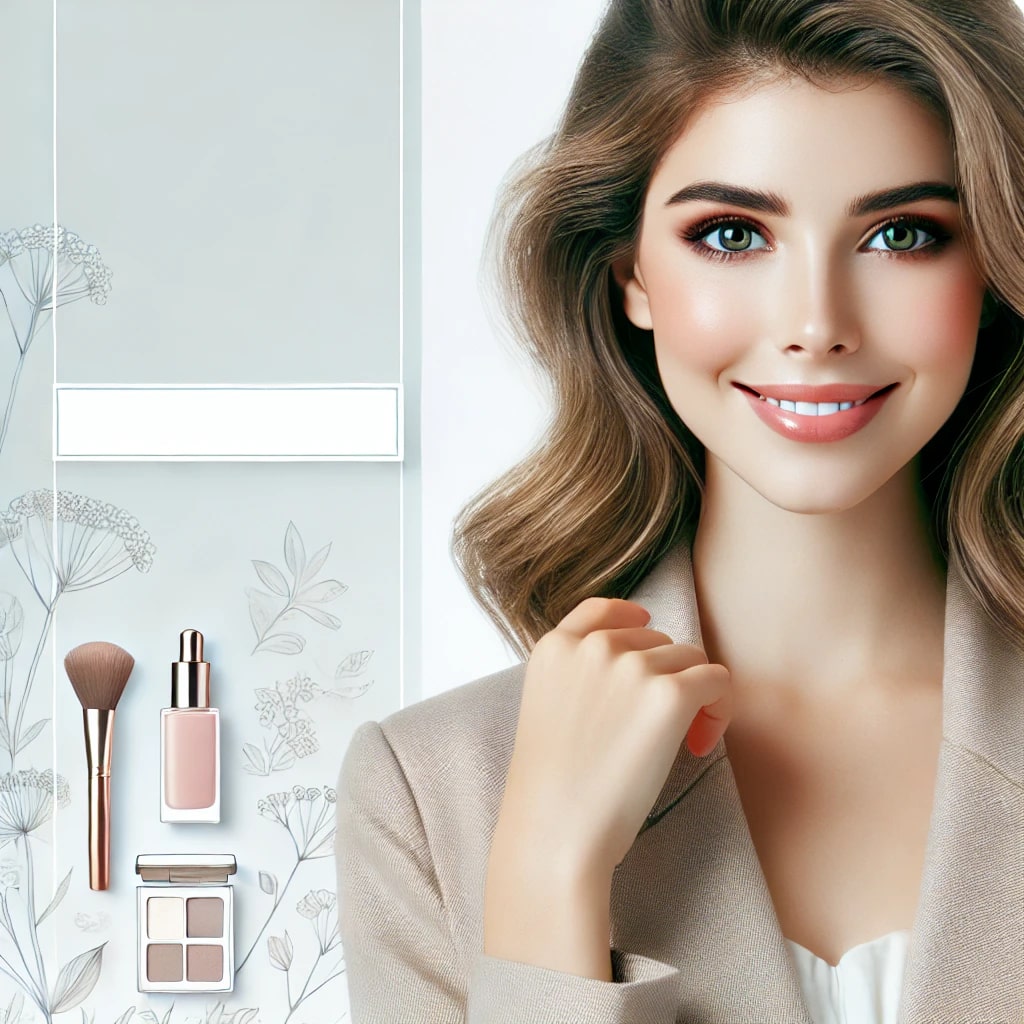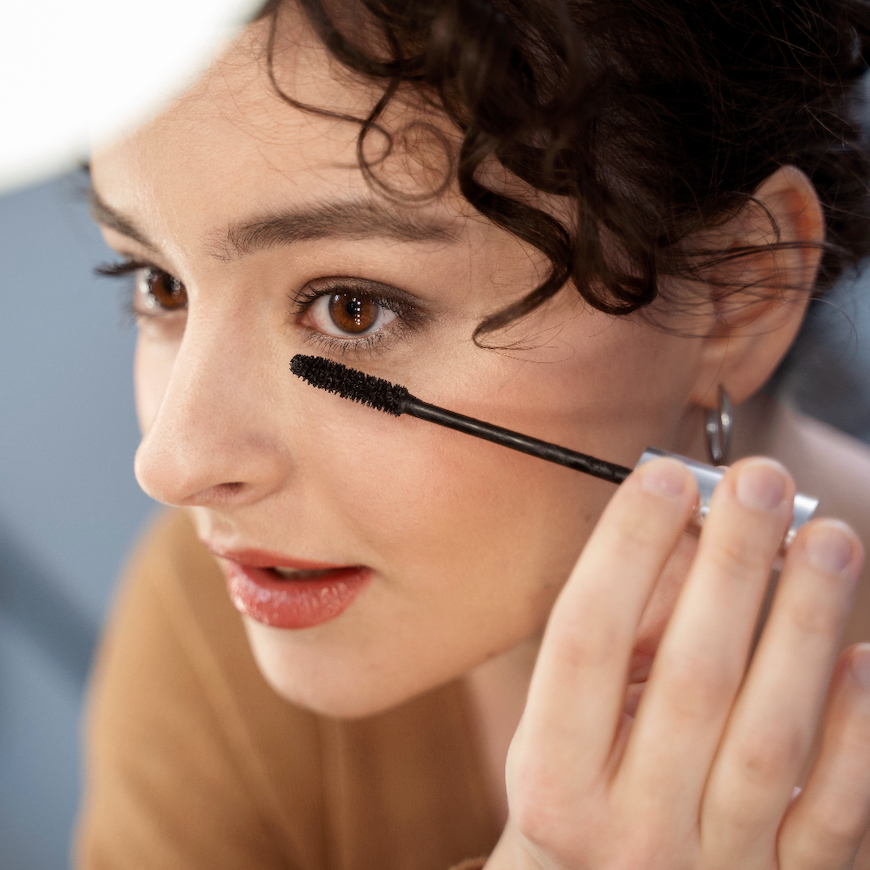Throw out makeup? Cosmetic products, much like the medications in your medicine cabinet, come with an expiration date. It’s essential to recognize when your makeup has passed its prime, as using expired products can lead to skin irritations or infections. Knowing when to throw out makeup is key to maintaining a safe and effective beauty routine.
To ensure you maintain a healthy beauty routine, it’s important to regularly check your products for any changes in texture, smell, or appearance. This guide will give you a detailed timeline for when specific beauty products, from foundation to lipstick to brushes, should be replaced to maintain both the quality of your look and the health of your skin.
But how can you tell if your makeup is no longer safe to use?
1- Makeup Brushes
Natural brushes, typically used for powder products, can last indefinitely with proper care.
Wash them once a week with a mild soap and warm water, then lay them out on the counter to dry with the ends of the brushes hanging to the side. Be mindful to regularly throw out makeup items that are beyond repair or hygiene standards, even if they seem durable.
Synthetic brushes used for creams, however, have a lifespan of about a year and should be cleaned with an alcohol-based cleaner at least twice a week. Throw out makeup brushes when they start to peel, harden, or become uneven in color, as these signs indicate they are no longer effective or safe to use.
2- Eyeliner
Immediately throw out makeup like your pencil liner if the tip starts oozing an oily substance or develops a white film. Keep liquid liners for no more than six months, and discard them sooner if they become thick or start to smell bad.
There’s little that can be done to extend the life span of a liquid formula, as the applicator tip is constantly in contact with your eyes, making it a breeding ground for bacteria. However, you can shave away germs on pencil liners by sharpening them every few days, helping to extend their usability.
3- Mascara
Although mascara has a lifespan of four to six months, it should be thrown out even sooner if needed. Some manufacturers recommend that you throw out makeup like eye products within two to four months of purchase. Plus, if your mascara starts to smell odd or clumps more frequently than it applies color, it’s time to discard it.
Avoid contact with shared eye products—samples often contain bacteria that can lead to infections. When you buy a new tube, take steps to prevent bacterial growth: close it tightly after each use, avoid pumping the wand in and out, and never share your mascara with others.
4- Concealer
If you’re using a pan or stick concealer, you’ll know it’s expired when it begins to crack or takes on a tough, elastic texture. As for liquid concealer, it’s time to throw out makeup when it starts to separate, looks oily, or develops a rancid smell.
To extend the life of your concealer, avoid touching the product directly with your hands and always ensure the lid is tightly secured, which can help prevent it from spoiling before the year is over.
5- Foundation

Hi, I’m Emma R. ✅
Passionate beauty blogger sharing expert tips, honest reviews, and the latest trends to help you glow inside and out.




